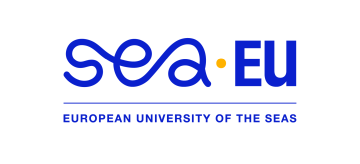Contemporary media discourse stands out due to function of texts and characteristics of communication situation in which its efficiency and effectiveness becomes the most important. All language choices in communication are subordinated to shaping the public opinion: impact on the recipient, his/her attitude, evaluation, interests, world view. Pragmatic approach to particular examples of language usage allows to evaluate them in terms of their adequacy to situation and statement aesthetics as well as effectiveness of the act of communication. The linguistic analyses focussing on text interpretation of the world, valuation and categorization processes – all of them in cultural perspective enhanced by translation analysis, are to show characteristic features of units (co-)creating in certain media discourses textual reality and media point of view. Such a concept requires integration of methodology and interdisciplinary approach.
Pstyga, A. (2013). Przekład w komunikowaniu medialnym : wybrane zagadnienia na podstawie polskich przekładów rosyjskich tekstów prasowych. Gdańsk: Wydawnictwo Uniwersytetu Gdańskiego.
Pstyga, A. (2017). Rzeczywistość medialna i medialny punkt widzenia a przekład. W A. Pstyga & U. Patocka-Sigłowy, A. Pstyga & U. Patocka-Sigłowy (Red.), Międzyjęzykowe i międzykulturowe konteksty współczesnego dyskursu publicznego (ss. 125–142).
Pstyga, A. (2018). К проблеме интерпретации медиатекста: текстовые реализации словообразовательной системы русского языка. W A. B. Полонский & М. Ю. Казак, A. B. Полонский & М. Ю. Казак (Red.), Mедийный текст: социальные практики, технологии, теории: монография (ss. 243–251). ИД „Белгород”.
Pstyga, A. (2019). Perspektywy badań nad rosyjsko-polskim dyskursem prasowym. Roczniki humanistyczne, 67(7), 7–19. http://doi.org/10.18290/rh.2019.67.7-1
Pstyga, A. (2020). Оценочность в медийном тексте - интерпретации переводчика. Przegląd Rusycystyczny, 169(1), 105–118. http://doi.org/10.31261/pr.7713
